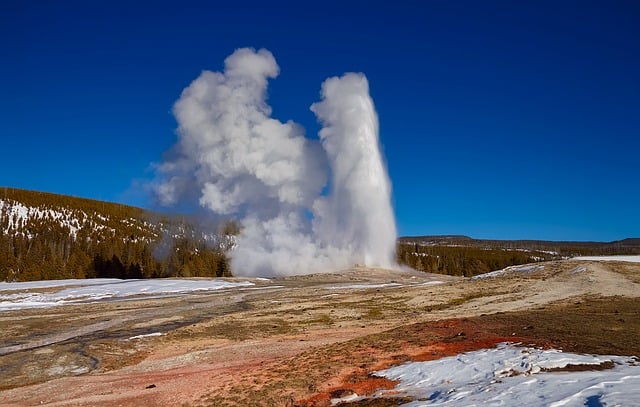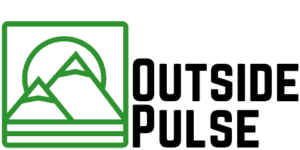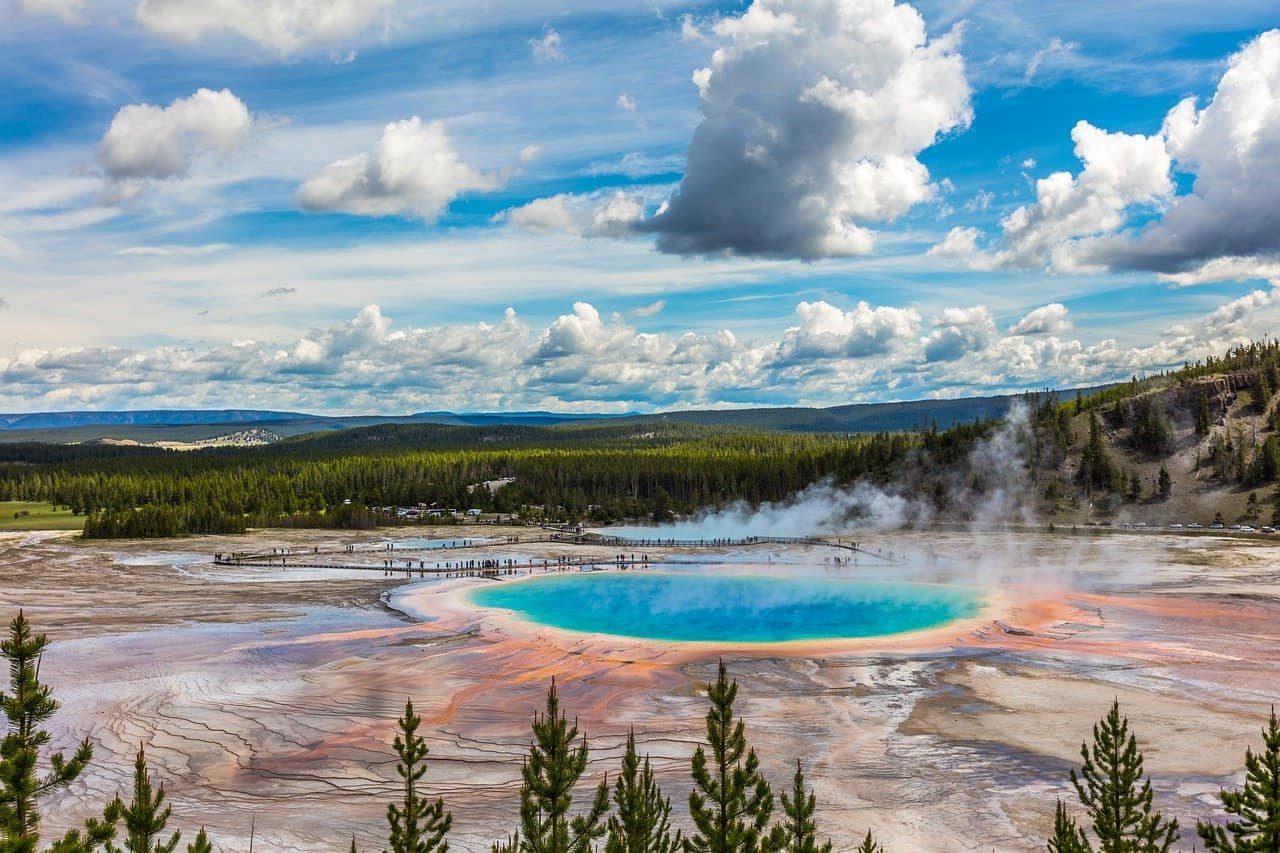I was recently planning a trip to Yellowstone and wondered if I could camp for free.
Below is everything I discovered when trying to figure out if you can camp in Yellowstone for free.
If you want to camp inside Yellowstone National Park you cannot camp for free. However, there are ways you can camp cheap in Yellowstone and free places to camp if you are willing to camp outside of the National Park.
While I couldn’t find any way to camp for free inside the Yellowstone National Park.
I did find some ways to keep pretty cheap in the National Park and a way that you can camp for free in the Yellowstone area which I detail below.
Can You Camp for Free in Yellowstone Nation Park?
As mentioned above if you want to camp inside Yellowstone there is no way to do it for free. However, there are ways that you can camp cheaper compared to others and even a way to camp for free if you don’t have to camp inside the park.
So let’s look at the different ways you can camp starting with the most expensive and working down to free when trying to camp at the Yellowstone National Park.
Camping at Designated Campsites in Campgrounds
The most expensive way to camp at Yellowstone is camping at designated campsites in the available campgrounds.
The thing to keep in mind though is that even though this is the most expensive camping option you can still stay in a campground at Yellowstone for a fraction of the cost of what a typical hotel might cost.
There are 12 campgrounds in Yellowstone with varying levels of amenities and costs. Ranging in price from $15 a night for more primitive style campsites to as much as $31 a night for sites with more amenities such as nearby flushing toilets and laundry facilities.
Yellowstone National Park Campgrounds
- Bridge Bay
- Canyon
- Fishing Bridge RV
- Grant
- Indian Creek
- Lewis Lake
- Maddison
- Mammoth
- Norris
- Tower Fall
- Pebble Creek
- Slough Creek
Camping in the Backcountry
If you have more of an adventurous spirit and don’t feel like you need the safety and convenience of camping in a campground you can always try camping in the backcountry at Yellowstone. Which is cheaper than camping in one of the main campgrounds.
While camping in the backcountry at one of the 300 backcountry sites is not free it is as close to free as you can get if you want to camp inside the Yellowstone National Park.
In order to camp in the backcountry, you must first obtain a permit, you cannot camp overnight in the Yellowstone backcountry without a permit. You can obtain a permit for as little as $3 per night or obtain a backcountry annual pass for $25 which is valid for one season which is from Labor Day to September 10th.
Keep in mind though that just because you are camping in the backcountry it doesn’t mean that you don’t need a reservation as some of the backcountry sites do require one.
If you are curious about all the specifics of backcountry camping at Yellowstone you can check out the Yellowstone Nation Park page on backcountry camping by clicking here.
Camping for Free Outside of Yellowstone Nation Park
If you need to camp for free while at Yellowstone due to budget constraints or if your like me and just love a deal there are ways to camp in the Yellowstone area outside of the park for free.
In fact, there is a whole network of boondocking and free campsites outside of the National Park but still close enough to only be a few minutes away from Yellowstone.
If you’re looking for free locations to camp outside of Yellowstone Nation Park we recommend the below three sites to get you started.
Best Spots for Camping in Yellowstone?
While it’s hard to go wrong when picking a place to camp in one of Yellowstone’s 12 campgrounds, there are certainly some crowd favorites that are listed below.
Norris Campground
Norris Campground is located smack dab in the middle of Yellowstone National Park making it a great central location to see all of the available sites and attractions at Yellowstone.
Featuring 100 non-electric first come first serve campsites each campsite has a fire ring, picnic table as well as shared access to food storage boxes, flushing toilets, and drinking water.
What makes Norris Campground so great is the central location in Yellowstone as well as it’s easy access to Norris Geyser Basin which is just a short walk away from the campground.
Grant Village Campground
With 430 available campsites that can accommodate tents, RVs, and trailers Grant Village Campground is one of the largest campgrounds in Yellowstone.
Each site is non-electric and includes a fire ring, picnic table, and close access to flushing toilets and drinking water.
What makes Grant Village Campground so great is its close proximity to many popular attractions as well as a lot of great amenities such as a full-service gas station, general store and post office.
Lewis Lake Campground
If you love the water than Lewis Lake Campground is for you providing close access to explore the lake and nearby water.
Lewis Lake Campground has 85 non-electric first come first serve campsites where campers share access to vault toilets (waterless non-flushing toilets) and drinking water.
What makes Lewis Lake Campground so great is that many of the campsites are wooded, it provides quick access to many of the best trails in Yellowstone, and if you are a fisherman or boater you can easily obtain your permit thanks to a ranger station conveniently located at the campground entrance.

Other Costs Associated with Visiting the Yellowstone National Park
Now that we have covered all the different costs associated with camping at Yellowstone National Park it’s important to also go over other costs you might incur outside of camping fees.
The main cost other than your camping fees is the cost to actually enter the National Park. There are two ways to pay the entrance fee at Yellowstone depending on your needs and how often you plan to visit the National Park including a 7-day standard pass or an annual pass. The cost breakdown for each is below.
Seven-day Entrance Passes
Good for 7 days from the date you purchased your pass.
- Private, non-commercial vehicle: $35
- Motorcycle or snowmobile: $30
- Individual (by foot, bicycle, ski, etc.): $20/person
Annual Entrance Passes
Which is good through the month of purchase.
- Yellowstone National Park Annual Pass: $70.00
Food Costs at Restaurants
While the cheapest way to eat while at Yellowstone is to bring in your own food and prepare it yourself if you choose to partake in one of Yellowstone’s restaurants you can plan on spending on average about $13 a person per meal.
Meaning that if you ate out for every single meal including breakfast, lunch, and dinner you would spend on average about $39 per person for food per day.
Miscellaneous Costs of Yellowstone
While these miscellaneous costs are mostly optional when visiting Yellowstone National Park it is important to at least mention them so that you have a full picture of what your true cost might be when visiting Yellowstone.
The first big one that gets most people is souvenirs purchased at the park.
On average most people will spend between $50 and $100 on souvenirs when traveling per person by buying such things as branded t-shirts, mugs, and shot glasses.
Also, it’s important to budget for some occasional snacks and drinks.
Even if you don’t plan to go to any sit-down restaurants while at Yellowstone it can be very tempting to grab a convenient snack or drink while taking in all of the attractions. Plan on spending between $5 and $10 per day per person while visiting Yellowstone National Park on convenience foods.
Does it Cost Money to See Old Faithful?
There is no separate cost to see Old Faithful which is the most famous geyser in Yellowstone National Park. The only cost to see Old Faithful is your general admission fee to enter the Yellowstone National Park.

